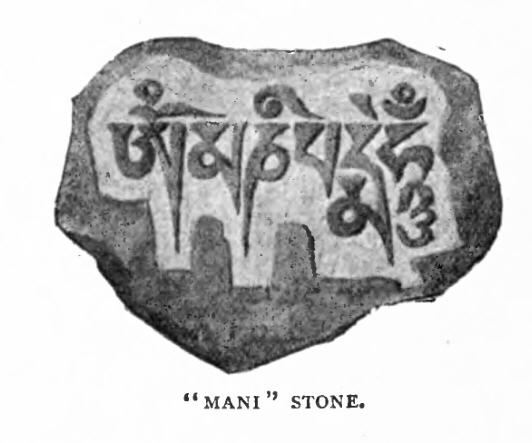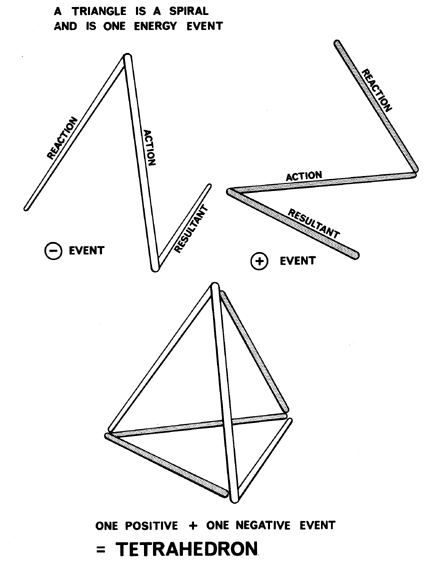When we are grounded and in touch with the Ground of Reality we are not afflicted by ego, we are present here and now, we have faith in an absolute truth which is beyond our mental concepts, and we feel comforted by a connection to all beings and all energy events in Universe. This magnificent connectivity is awe-inspiring yet it feels firm beneath our feet.
When we are in touch with the Ground of Reality we are fearless when confronting illness, hardship, suffering and the attack of evil forces. We understand that the laws of Universe (Dharma) and the law of karma (cause and effect) is our ever present refuge.
The phrase "Ground of Reality" is my own, but I equate it to the Mahayana Buddhist concept of Dharmadhātu.
From Wikipedia:
In Mahayana Buddhism, Dharmadhātu means "realm of phenomena", "realm of Truth" and of the noumenon, where Tathata (Reality "as-it-is"), emptiness, dependent co-arising and the unconditioned, uncreated, perfect and eternal Buddha are one.
Here is a passage from A DIRECT PATH TO ENLIGHTENMENT by Jamgon Kongtrul the Great, being a commentary on the Mahayana teaching of THE SEVEN POINTS OF MIND TRAINING:
- You don't need to flee adverse circumstances, since they perform the function of a spiritual friend. Through relying on adverse conditions, you can gather accumulations, remove obscurations, remember the holy Dharma, strengthen realization, and so on.
- There is no need to be frightened of the magical displays of gods and demons, or the injury devils may inflict, since, because they assist you to increase your devotion and constructive activity, they are emanations of your guru or Buddha.
- Since previous evil karma will affect you as you practice the holy Dharma, various physical diseases and illness will occur again and again. Not just when you're really ill, but even when you have only a slight affliction such as a headache, meditate joyfully as has been said again and again in the Sutras, that all your unskillful acts and obscurations accumulated over beginning-less time are being removed and are being swept away as if by a broom.
- When you're suffering, there is no need to be depressed, since, when you look at the essence of sorrow, it arises as emptiness. however much suffering there is then enriches the treasury of Dharmadhātu. If all these occur, it is good; it is sufficient to carry them as aids for application. This last is an instruction not to abandon the four Dharmas for ever-present emotions, but to apply them.
This passage is very powerful and it ties in nicely with our previous discussion of Buddhist Medicine.




